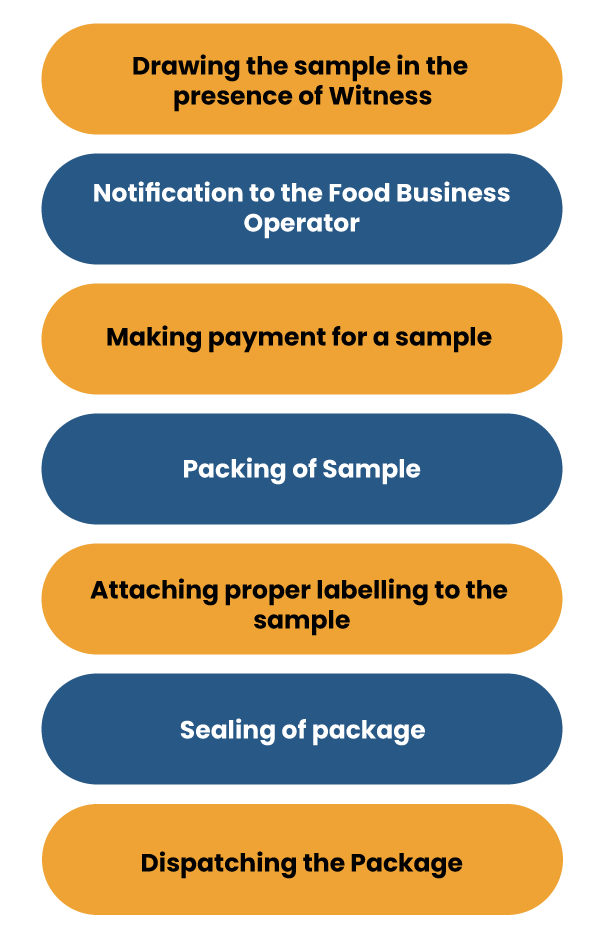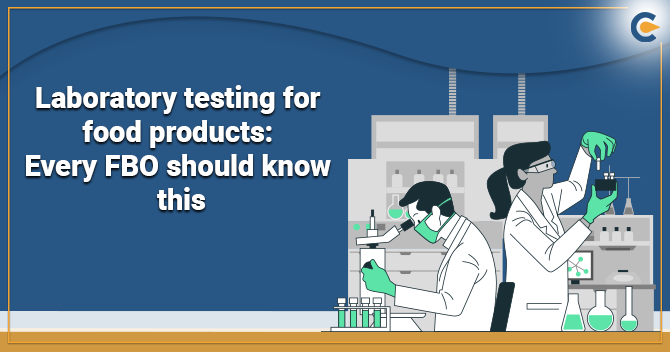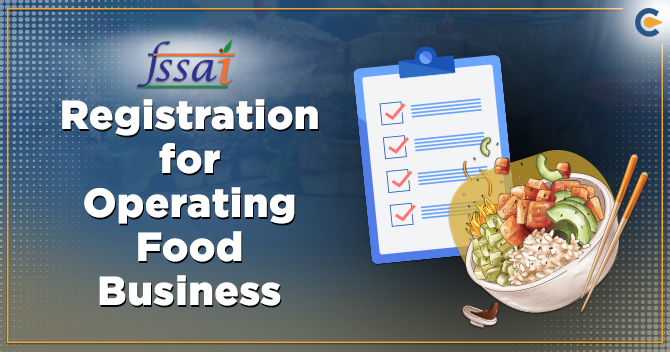Food safety is a prime concern for regulators, industry stakeholders, & end-users across India. It is a sensitive matter for those who prefer food safety above anything else. Food testing & analysis of food items are vital to food safety. Every FBO is liable to confront compliance-based testing periodically. The FSSAI Act entails norms about Laboratory Testing for food products for FBOs.
Generalized Overview on the Food Laboratory Testing in India
At present, around 600 Food Laboratory Testing are operating pan India[1]. These labs include all NABL certified labs, including those owned by the FSSAI notified laboratories, FBOs, state/central government, private sector, etc.
Apart from these, a group of food testing labs predominately test raw materials and finished goods. These labs do not have a larger facility, unlike the one mentioned above. These facilities enable FBOs to secure mandatory test reports for concerned food items.
Read our article:FSSAI License Renewal: A Complete Checklis
FSSAI Norms relating to laboratory testing for food products
FSSAI is very much concerned about the quality of food items available to the general public. That is the reason why they have underpinned mandatory food testing norms for FBOs. The food items produced by FBOs seek periodic testing from certified labs, as mentioned labs.
Upon receiving the testing request, the food officer of the concerned lab pays the visit to the requested facility and draws a sample in a way mentioned in the bylaws.
After picking the desired sample, the food officer will send the same to the authorized lab to test against prescribed quality checks.
Sampling protocol followed by the Food Officers
Here’s how the food officer performs the sampling procedure:


Step 1: Drawing the sample in the presence of Witness
The Food Safety officer calls for one or more witnesses during sample collection. Once the sample is collected, the officer will seek direct witnesses to enclose their signature on the relevant forms and documents.
Step 2: Notification to the Food Business Operator
If the food item has been drawn out from the manufacturer or supplier, a notification in Form V-A shall be granted to them. When a sample is drawn from an open container, the individual drawing the sample should draw another sample from a container without hampering its original condition bearing the same detail & share the same with the food analyst.
Step 3: Making payment for a sample
The Food Safety Officer shall pay the sample cost to the concerned individual from whom the sample was collected. The cost must be computed at the rate at which the food item is sold to the public.
Step 4: Packing of Sample
The sample food item for testing should be taken in clean and properly sealed jars or containers to prevent the entrance of moisture. However, this condition is not applied to packaged food items.
Step 5: Attaching proper labelling to the sample
The sample should have proper labelling, with the following information in place.
- Sample code
- Name of the individual along with the official designation
- Date & place of the sample collection
- Nature of the food item that has been sent for testing
- Nature & quantity of the preservative present in the sample.
Step 6: Sealing of package
The food sample ought to be divided into four parts & each part ought to be sealed and packaged via strong paper. The ends of the packaging material should be folded & affixed. Moreover, paper slips that covered the entire perimeter of the container, enclosing the signature of the designated officer, must be affixed on the wrapper.
The signature of the individual from whom the sample has been secured should be affixed in a way that both the paper slip & the wrapper entail part of the signature or the thumb impression. For further protection, the sample can be covered by thread. The knots of the thread must be covered via wax bearing the impression of the sender’s seal.
Step 7: Dispatching the Package
The sample is dispatched in the following manner:
- The sealed jar of one part of the food sample and the memorandum in Form VI must be sent to the Food Analyst.
- The second & the 3rd parts of the sample, along with two copies of the memorandum in Form VI, must be routed to the Designated Officer.
- The fourth part of the food sample, in addition to the copy of the memorandum in Form VI, should find its way to an accredited laboratory along with a standard fee.
On receipt of the sample, the certified lab would test the quality of the food item and pass the final decision.
FSSAI norms for recognition of Food Testing Labs in India
- The lab conducting testing under FSSAI must have a Quality management system in place. Further, it must be outfitted with suitable testing equipment and quality parameters.
- The lab must come under the ambit of a government-recognized facility such as NABL, FSSAI, other any other agency.
- The lab should be operated by trained and well-versed staff that hndle the testing jobs.
- Every lab engaged with the food testing must have at least one qualified food analyst, and the lab having a trained food analyst would posses’ better recognition.
- The lab of recognition as level 1, 2, & referral labs must have all testing gears and equipment under their scope of recognition.
Conclusion
FSSAI has set out various penal provisions for selling, distributing, or manufacturing unsafe food items; thus, every FBO is required better to understand the whole process of lab testing under FSSAI.
Read our article:How to Get FSSAI License in India: Full Guide











